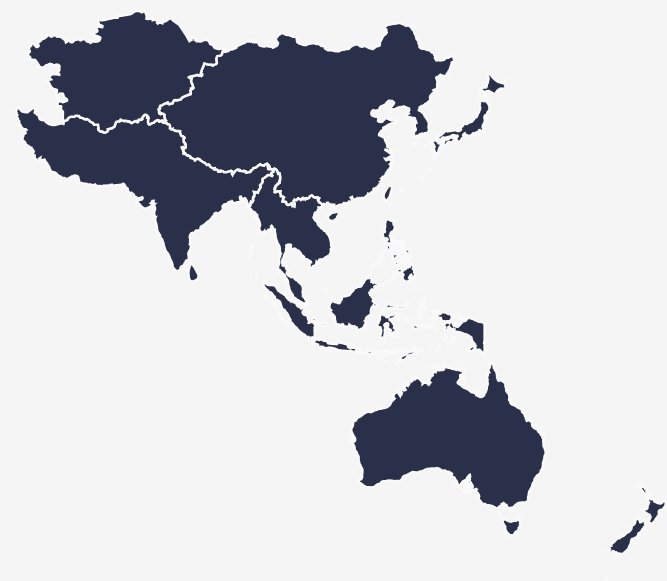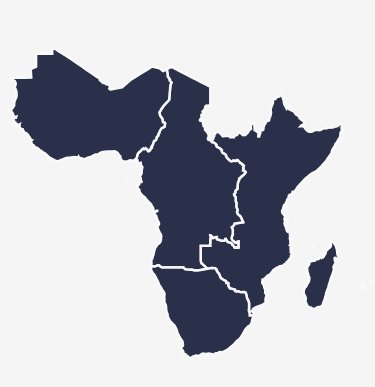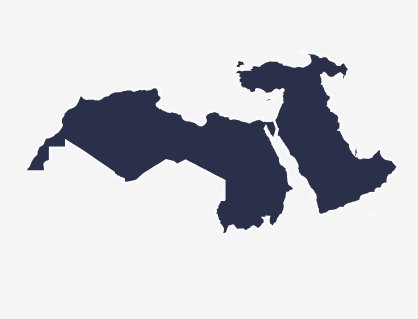National Action Plans (NAPs) help us understand how different countries are putting the Youth,
Peace, and Security (YPS) agenda into action. They show what each country sees as most
important, and explain how their YPS efforts are organised, funded, and tracked. By reviewing
these plans and related reports from public sources, we aim to give a picture of how each
country is planning and progressing on YPS goals.


 Kyrgyzstan (2025 – 2027)
Kyrgyzstan (2025 – 2027)

 Finland (2021 – 2024)
Finland (2021 – 2024)

 Nigeria (2021 – 2024)
Nigeria (2021 – 2024)
 DRC (2022 – 2026)
DRC (2022 – 2026)
 Burundi (2024 – 2028)
Burundi (2024 – 2028)
 Malawi (2024 – 2029)
Malawi (2024 – 2029)
 South Sudan (2024 – )
South Sudan (2024 – )
 Gambia (2025 – 2030)
Gambia (2025 – 2030)
 Liberia (2025 – 2030)
African Union (2020)
Liberia (2025 – 2030)
African Union (2020)
The NAP analysis is based on an adaptation and application of the four-point scale methodology developed by Caitlin Biddolph and Laura J. Shepherd (2024) in WPS National Action Plans: Content Analysis and Data Visualisation, v4 (available at https://www.wpsnaps.org/). In adapting this framework, the first indicator has been broadened to assess youth engagement not only in the development of YPS NAPs but also in their implementation, and the third indicator has been expanded to include both monitoring & evaluation (M&E) frameworks and explicit reporting mechanisms, rather than focusing solely on M&E.
Each YPS NAP was analysed through a systematic document-based content review, entailing a detailed qualitative reading of the full text of each plan, focusing on three principal dimensions:
Each dimension was evaluated using a four-point ordinal scale designed to capture variations. The evaluation process incorporated an element of interpretive analysis to account for differences in how these elements were addressed across the various NAPs.
10 countries (5.2%) have adopted a YPS National Action
Plan.
9 countries have developed one NAP on YPS, and one of these countries is working on its second NAP.
20% of NAPs are currently outdated, having expired in 2025 or
before.
NAP Timeline
Regional Overview

Americas
No NAPs adopted

Asia and the Pacific
 Kyrgyzstan (2025 – 2027)
Kyrgyzstan (2025 – 2027)

Europe
 Finland (2021 – 2024)
Finland (2021 – 2024)

Sub-Saharan Africa
 Nigeria (2021 – 2024)
Nigeria (2021 – 2024)
 DRC (2022 – 2026)
DRC (2022 – 2026)
 Burundi (2024 – 2028)
Burundi (2024 – 2028)
 Malawi (2024 – 2029)
Malawi (2024 – 2029)
 South Sudan (2024 – )
South Sudan (2024 – )
 Gambia (2025 – 2030)
Gambia (2025 – 2030)
 Liberia (2025 – 2030)
Liberia (2025 – 2030)
The NAP analysis is based on an adaptation and application of the four-point scale methodology developed by Caitlin Biddolph and Laura J. Shepherd (2024) in WPS National Action Plans: Content Analysis and Data Visualisation, v4 (available at https://www.wpsnaps.org/). In adapting this framework, the first indicator has been broadened to assess youth engagement not only in the development of YPS NAPs but also in their implementation, and the third indicator has been expanded to include both monitoring & evaluation (M&E) frameworks and explicit reporting mechanisms, rather than focusing solely on M&E.
Each YPS NAP was analysed through a systematic document-based content review, entailing a detailed qualitative reading of the full text of each plan, focusing on three principal dimensions:
- the extent of youth participation in both the formulation and subsequent implementation of the NAP;
- the degree of specificity regarding budgeting, allocations and financing arrangements; and
- the presence and clarity of provisions for monitoring, evaluation, and associated reporting mechanisms.
Each dimension was evaluated using a four-point ordinal scale designed to capture variations. The evaluation process incorporated an element of interpretive analysis to account for differences in how these elements were addressed across the various NAPs.
| Youth Participation in Design and Implementation | |
|---|---|
| 0 | The NAP makes no mention of young people or youth groups being involved in the design process, through consultations or co-drafting, and doesn't specify the involvement of youth in the implementation of the NAP activities. |
| 1 | The NAP indicates some engagement with young people or youth groups in the design process, but is limited to consultations and meetings, without decision-making power or further information about youth engagement in co-drafting the text. Similar vague language may or may not be used about their role in implementation. |
| 2 | The NAP indicates that young people or youth groups were given the opportunity to provide meaningful input into the drafting process (having some influence in formulation), including but not limited to providing written submissions on a draft NAP, regularly participating in workshops or roundtable discussions, contributing data and/or having formal representation on a Working Group, Steering Committee or similar. Some language has been used about their role in implementation, but clear structures, roles, or sustained involvement may not be described. |
| 3 | The NAP indicates that young people or youth groups co-drafted the NAP and significantly contributed to the drafting process by (co-)organising consultations, workshops and/or roundtable discussions with other youth and stakeholders. So, the NAP development process might be described as a ‘partnership’ with youth groups. The role of youth/youth groups in implementation has been mentioned clearly, with specific tasks assigned to them and having substantive details, clear mechanisms or concrete commitments towards their engagement. |
| Budget & Financing | |
|---|---|
| 0 | The NAP makes no mention of budget, funding, financial resources or financing for the implementation of the NAP. |
| 1 | The NAP acknowledges the need for a budget for effective implementation, but no specific funding is allocated or mentioned. |
| 2 | The NAP includes a budget, but the budget allocation from the government for specific activities and/or identification of potential funding sources is either not available or is minimal. |
| 3 | The NAP includes a detailed budget, with implementation activities fully costed and designated financial sources and government funding commitments clearly mentioned. This could also include a fundraising strategy, timelines, and mechanisms to track financial implementation. |
| Monitoring, Evaluation and Reporting | |
|---|---|
| 0 | The NAP does not include an M&E framework or reporting mechanism, though the need to develop an M&E framework is mentioned. |
| 1 | The NAP includes a basic M&E framework, including activities and broadly identified responsible parties, but not the measurable indicators or detailed timeline. A vague language may or may not be used for NAP implementation reporting mechanism. |
| 2 | The NAP includes a solid M&E framework, featuring objectives, activities, responsible parties and indicators, but lacks further detail such as detailed timeframes and/or targets. The NAP implementation reporting mechanism is not detailed. |
| 3 | The NAP includes a comprehensive M&E framework and includes objectives, specific activities including measurable indicators, detailed timeframes, targets and responsible party/ies. A detailed NAP implementation reporting mechanism, and responsible party/ies are also mentioned, including provisions for public or stakeholder reporting. |











